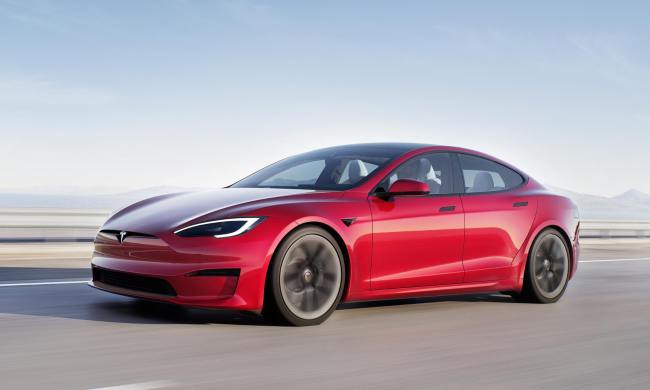Self-driving cars are supposed to make human drivers obsolete. Companies are debating whether fully autonomous cars need manual controls at all. So why did Toyota build an autonomous test vehicle with not one, but two steering wheels?
The vehicle, a modified Lexus LS 600hL from Toyota’s luxury brand, retains its conventional steering wheel, pedals, and gauge cluster on the left side of the dashboard. But the person sitting in what would normally be the passenger’s seat gets a wheel and pedals of their own, plus a display screen. This unusual setup will help test methods of transferring control from the car to a human driver, according to a Toyota press release.
Exactly how control is passed back and forth between humans and machines is one of many major unresolved issues with self-driving cars. It is substantially more difficult to build a fully autonomous car than one that relies on assistance from a human driver. But people who get used to the car doing the driving may not be alert enough to take over when the autonomous systems reach their limits.
The dual-steering wheel setup is part of testing for Toyota’s new “Platform 2.1” autonomous-driving tech suite. It also incorporates a new lidar system from startup Luminar, a display that clearly shows when the vehicle is in autonomous mode, and two driving modes: “Chauffeur” and “Guardian.”
As the name implies, Chauffeur is the fully autonomous option, where the car does all of the driving. Guardian leaves a human driver in control, but the autonomous driving system is still active and can intervene to prevent a crash. Testing of both driving modes is underway on a closed course; it’s unclear if Toyota will try them out on public roads anytime soon.
Toyota’s dual-mode approach differs somewhat from other self-driving car developers. While many automakers and tech companies subscribe to the idea that the majority of self-driving cars will be used in sharing services by consumers disinterested in driving, Toyota appears to be leaving the option open for people to continue driving themselves. But getting large numbers of human-driven and autonomous cars to coexist could be tricky: Humans introduce more variables for autonomous systems to deal with.


